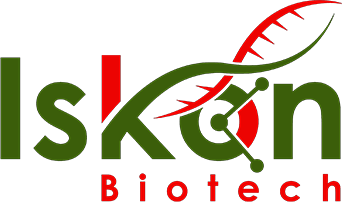Regulation of Cannabis Products
July 31, 2023The Controlled Substances Act (CSA) and the Federal Food, Drug, and Cosmetic Act (FDCA) provide the FDA significant authority to regulate cannabis products. First, the FDA recognizes cannabis’ medicinal potential and gives regulatory and scientific support for research into its therapeutic benefits. The agency also monitors and controls the quality and safety of cannabidiol-based items such as food, medicine, and cosmetics. In addition, if the FDA determines that a product derived from cannabis or containing substances derived from cannabis poses a risk to human health, it will take enforcement action. The Food and Drug Administration (FDA) helps the Drug Enforcement Agency (DEA) register research protocols involving Schedule I drugs under the Controlled Substances Act (CSA). In addition, the FDA works with the National Institute on Drug Abuse (NIDA) to undertake comprehensive scientific and medical assessments known as “8-factor analysis.” Recommendations for appropriate controls under the CSA are informed by this research. This includes scheduling actions for newly approved drug items, responses to citizen petitions, and requests from the DEA. The FDA is serious about assuring the safe and responsible introduction of cannabis-related compounds into the medical and consumer marketplace, as seen by these coordinated efforts.
In order to provide efficient and uniform oversight of the cannabis industry, federal and state agencies must work closely together. To establish a holistic approach to cannabis regulation, it is crucial for several agencies to work together. Federal agencies, such as the Drug Enforcement Administration (DEA), the Food and Drug Administration (FDA), and the United States Department of Agriculture (USDA), play pivotal roles in setting guidelines and standards for cannabis-related activities. Because of the wide variety of cannabis laws and policies across the country, state governments also play an important role in local regulatory implementation and enforcement. The regulatory landscape benefits from the contributions of numerous other institutions, such as the Substance Abuse and Mental Health Services Administration (SAMHSA), the National Institute on Drug Abuse (NIDA), and the Office of National Drug Control Policy (ONDCP). By working together, we can ensure that cannabis legislation is consistent and well-informed, protecting the public’s health and welfare while encouraging responsible consumption and new avenues for study.
Any product, whether or not it contains cannabis (hemp or otherwise), that makes therapeutic benefit claims, or any disease-related assertions is considered a medicine under the Federal Food, medicine, and Cosmetic Act (FD&C Act). Products in this category are regulated and analyzed in the same way as any other pharmaceutical medicine. The Food and Drug Administration (FDA) must first approve any new drug, including those containing cannabidiol (CBD), before it can be introduced into interstate commerce and made available to the public. To assure the efficacy, safety, and appropriate usage of the drug for its intended purpose, a thorough examination is conducted, which may include clinical trials and safety evaluations. The Food and Drug Administration (FDA) adheres to these stringent approval standards to protect the public’s health and prevent the spread of potentially dangerous products and therapies.
Cannabidiol (CBD) and delta-9-tetrahydrocannabinol (THC) have been the main focus of drug research and development efforts related to cannabis. Four cannabis-based medical medicines have been given the green light by the FDA over the years. Approved in 1985, Marinol (dronabinol) is a Schedule III drug used to treat nausea caused by cancer chemotherapy. Cesamet (nabilone) is a Schedule II drug approved in 1985 and again in 2006 for the treatment of nausea and neuropathic pain. Schedule II drug Syndros (dronabinol) was released in 2016 for the treatment of nausea caused by cancer chemotherapy. Epidiolex (CBD) was just approved by the FDA in 2018 for the treatment of childhood seizures and is now categorized as a Schedule V substance. These green lights show progress toward a more nuanced scheduling system that takes into account the safety, medical value, and misuse potential of substances like those found in cannabis. The Food and Drug Administration (FDA) attempts to provide effective therapies for specific ailments by enabling patients access to pharmaceuticals that have been approved by the FDA, all while retaining regulatory monitoring to assure patient safety and well-being.
